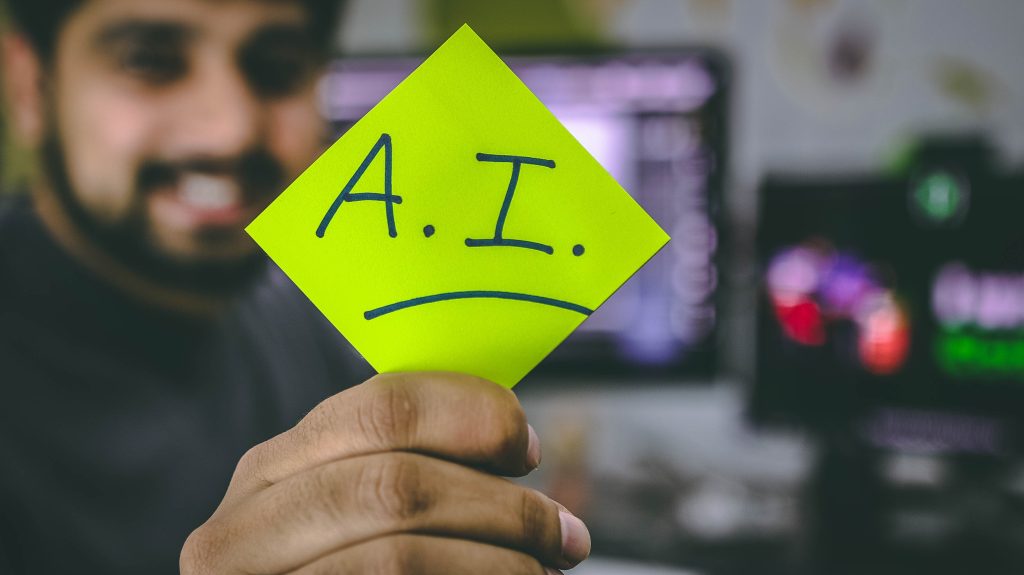China has recently rolled out draft guidelines aimed at tightening its grip on generative artificial intelligence (AI) services. The National Information Security Standardisation Technical Committee, responsible for setting IT security norms, released the draft highlighting two primary concerns: safeguarding the training data and regulating large language models (LLMs) used in generative AI services.
Guidelines state that AI algorithms should be modelled as per govt. regulations
The guidelines necessitate that AI developers use only authorized data for training and adhere to security checks to prevent data breaches and copyright infringement. This is an important step in controlling the quality and legality of the data that feeds into these algorithms. However, the fine print also mentions a “blacklist system” to block any training materials containing more than 5% of illegal or harmful content as defined by the nation’s cybersecurity laws.

While these rules seem aimed at ensuring that AI services generate responsible and legal content, they also raise important questions about innovation and free speech. The guidelines indicate that the algorithms should be based on models filed and licensed by authorities. This could limit the room for developers to experiment and innovate, possibly stifling the growth of a technology that has broad applications.
Moreover, the regulations add another layer to the government’s censorship arm. In a country where “illegal content” often includes sensitive political topics like the status of Taiwan, there is a concern that AI models may be levered to propagate a single narrative. During internal tests, Chinese chatbots have been observed to give a variety of responses when asked about Taiwan’s status, some refusing to respond and ending the conversation.
The draft is open for public feedback until October 25. While China was one of the first countries to introduce laws governing generative AI as of August, the world is watching closely to see how this move sets the stage for the future of AI, both in terms of technology and freedom of expression.
RELATED:
- Tesla leads the charge as China’s Electric Vehicle Exports surge by 107% in September
- Sole Bicycles E-24 electric bike with a 750W hub motor unveiled
- Best Smart Glasses of 2023: Xreal, RayBan, Rokid & More
(Via)






